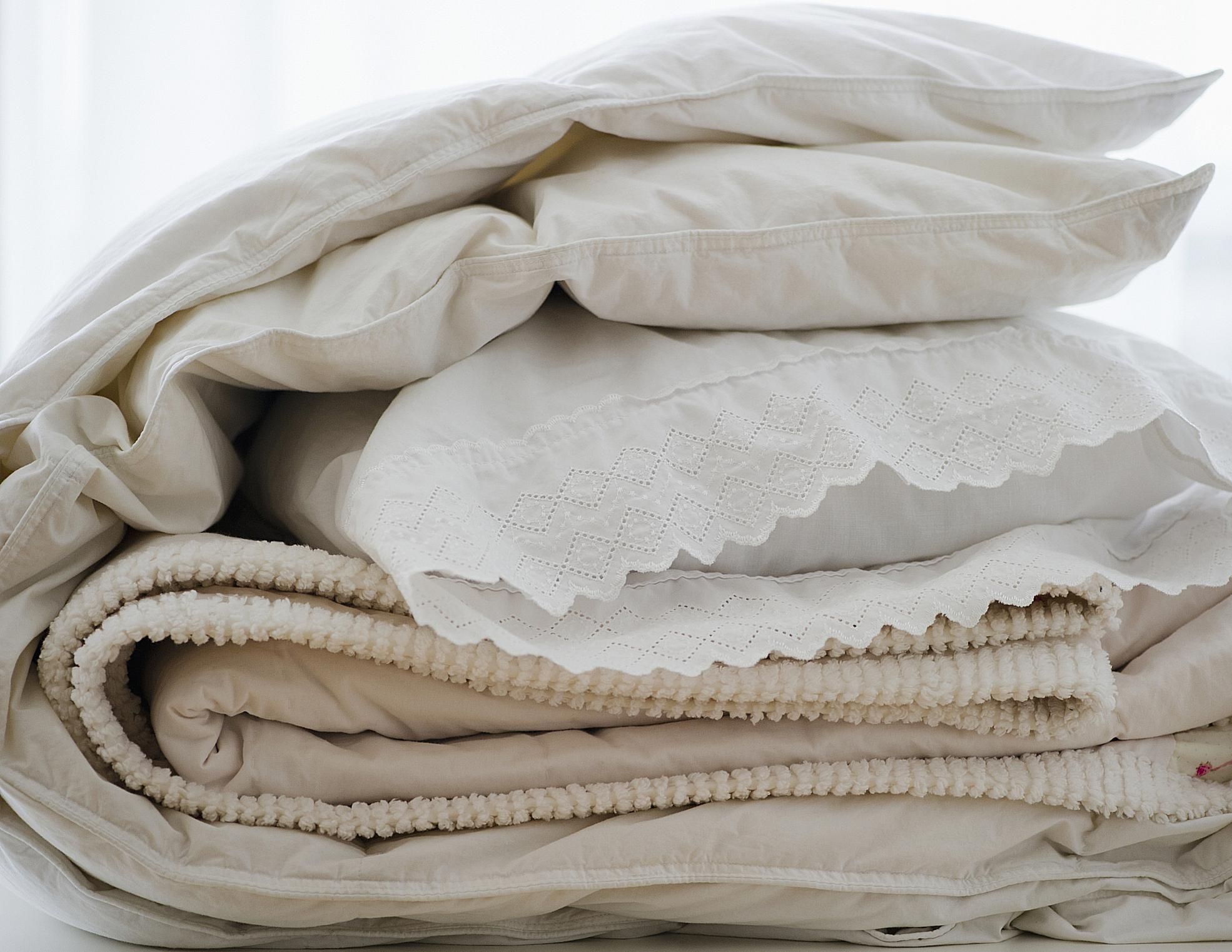

Articles
How To Wash A Down Duvet
Modified: January 5, 2024
Looking for articles on how to wash a down duvet? Check out our comprehensive guide with step-by-step instructions to keep your duvet clean and cozy.
(Many of the links in this article redirect to a specific reviewed product. Your purchase of these products through affiliate links helps to generate commission for Storables.com, at no extra cost. Learn more)
Introduction
Washing a down duvet may seem like a daunting task, but with the right knowledge and techniques, it can be a straightforward process. A down duvet is a luxurious bedding item that is filled with soft and fluffy feathers, providing warmth and comfort during the colder months. However, over time, it can accumulate dirt, sweat, and other allergens, making it essential to clean it regularly.
In this article, we will guide you through the step-by-step process of washing a down duvet, ensuring that you maintain its quality, fluffiness, and longevity. We will cover everything from understanding down duvets to choosing the right detergent and properly drying and fluffing the duvet.
Before we dive into the specifics, it’s important to note that not all down duvets are suitable for machine washing. Some higher-end duvets may require professional cleaning or have specific care instructions that should be followed. Always check the manufacturer’s recommendations or consult with a professional before proceeding with any cleaning method.
Now, let’s begin our journey to learn how to effectively and safely wash a down duvet.
Key Takeaways:
- Keep your down duvet clean and cozy by washing it at least once or twice a year, using a mild detergent, and air-drying it thoroughly to maintain its loft and insulation.
- Regular maintenance, such as spot cleaning, using a duvet cover, and airing out and fluffing your duvet, can help prolong its lifespan and maintain its lofty feel.
Read more: What Is A Down Duvet
Understanding Down Duvets
Before we delve into the process of washing a down duvet, it’s important to understand what a down duvet is and how it differs from other types of bedding.
A down duvet is made from the soft and fluffy feathers found underneath the outer feathers of ducks or geese. These feathers are known as down clusters and have excellent insulation properties, making down duvets incredibly warm and comfortable. They provide a lightweight and lofty feel that is ideal for a cozy and restful sleep.
One of the key advantages of down duvets is their breathability. The down clusters allow air to circulate, preventing excessive heat and moisture buildup while maintaining a consistent temperature throughout the night.
When it comes to the fill power of a down duvet, it refers to the volume occupied by one ounce of down. The higher the fill power, the better the insulation and fluffiness of the duvet. Higher fill power duvets tend to have better loft and retain warmth more effectively.
Another essential aspect to consider when dealing with down duvets is its construction. Baffle box construction is commonly used to prevent the down from shifting and clumping together. This involves stitching fabric walls between the top and bottom layers of the duvet to create individual baffles or boxes that hold the down in place.
Understanding the composition, characteristics, and construction of your down duvet is crucial when it comes to washing it. It ensures that you approach the cleaning process correctly, maintaining the duvet’s quality and performance over time.
Preparing the Duvet for Washing
Before you begin washing your down duvet, it’s essential to properly prepare it to ensure effective cleaning and prevent damage. Follow these steps to prepare your duvet for washing:
- Check the care label: Start by checking the care label on your down duvet for any specific instructions or recommendations from the manufacturer. Some duvets may have specific washing instructions or may require professional cleaning.
- Inspect for damage: Thoroughly inspect your duvet for any signs of damage, such as tears, loose stitching, or broken seams. If you notice any damage, consider repairing it before proceeding with washing to prevent further tearing or loss of down.
- Remove duvet cover and protectors: If your duvet has a cover or protectors, remove them before washing. These can usually be washed separately according to their care instructions.
- Spot clean stains: If you spot any stains on your duvet, it’s a good idea to pre-treat them before washing. Use a mild detergent or stain remover and gently spot clean the affected areas, following the instructions provided by the product. Avoid using harsh chemicals or bleach, as they can damage the down and the fabric.
- Secure any loose closures: Ensure that any zippers, buttons, or ties on your duvet are properly secured before washing. This will help prevent damage to the duvet and other items in the washing machine.
- Size considerations: If you are washing a larger down duvet that exceeds the capacity of your washing machine, consider taking it to a laundromat with larger machines or a professional cleaner.
- Gently shake and fluff: Before placing your duvet in the washing machine, give it a gentle shake to fluff up the feathers and distribute them evenly. This will help maintain the loft and ensure a thorough cleaning.
By taking the time to properly prepare your down duvet for washing, you can ensure that the cleaning process is more effective and minimize the risk of damage. Next, we will explore the selection of the right detergent for washing your duvet.
Choosing the Right Detergent
Selecting the appropriate detergent is crucial for washing your down duvet effectively and safely. Here are some factors to consider when choosing the right detergent:
- Mildness: Opt for a mild detergent that is specifically designed for delicate fabrics or sensitive skin. Harsh detergents can strip the natural oils from the down and damage the duvet’s filling. Look for detergents that are labeled as gentle or suitable for down products.
- Non-enzyme and non-bleach formula: Enzyme-based detergents and bleach can be harmful to the delicate down feathers and the fabric of the duvet. Avoid using detergents that contain enzymes or bleach, as they can cause discoloration and weaken the fibers.
- Free from additives and fragrances: Fragrances and additives in detergents can leave residues on your duvet, affecting its loft and causing skin irritation or allergies. Choose a detergent that is fragrance-free and free from unnecessary additives.
- Liquid detergent over powder: Liquid detergents are generally gentler and dissolve more effectively in water, making them a better choice for washing down duvets. Powders may not fully dissolve and can leave residue on the duvet.
- Recommended dosage: Follow the manufacturer’s instructions when it comes to the recommended dosage of detergent. Adding too much detergent can leave soap residue on your duvet, while using too little may not effectively clean it.
If you have doubts about which detergent to use, consult with the manufacturer of your duvet or seek guidance from a professional cleaner. They can provide specific recommendations based on the unique characteristics and care requirements of your down duvet.
Now that you have chosen the right detergent, it’s time to move on to the next step: washing the down duvet.
To wash a down duvet, use a large front-loading washing machine with mild detergent on a gentle cycle. Add a couple of clean tennis balls to help fluff the down. Dry on low heat with the tennis balls to ensure the down is evenly distributed.
Washing the Down Duvet
Now that you have prepared your down duvet and selected the appropriate detergent, it’s time to move on to the washing process. Follow these steps for a successful wash:
- Check the washing machine capacity: Ensure that your washing machine is large enough to accommodate the size of your duvet. It is important to have enough space for the duvet to move and be thoroughly cleaned.
- Set the washing machine settings: Select a gentle or delicate cycle with cold water. Avoid using hot or warm water, as it can damage the down feathers and cause shrinking or clumping.
- Add the detergent: Measure the recommended amount of mild detergent for a medium-sized load and add it to the washing machine. Refer to the detergent packaging for specific instructions.
- Place the duvet in the machine: Carefully place the duvet in the machine, allowing it to spread evenly. Avoid overloading the machine, as this can prevent proper cleaning and may cause damage.
- Start the wash cycle: Begin the wash cycle and allow the machine to complete its full cycle. It is recommended to run an additional rinse cycle to ensure all detergent residue is thoroughly removed.
- Monitor the machine: While the machine is running, periodically check to ensure that the duvet is moving freely and not getting tangled. This will help prevent any potential damage to the duvet and ensure a thorough cleaning.
- Remove the duvet from the machine: Once the cycle is complete, remove the duvet from the washing machine promptly. Gently squeeze out any excess water, but avoid wringing or twisting the duvet, as this can damage the down clusters.
- Inspect for cleanliness: Before proceeding to the drying stage, inspect the duvet for any residual stains or areas that need additional spot cleaning. If necessary, spot clean these areas using a mild detergent or stain remover.
By following these steps, you can effectively clean your down duvet and remove dirt, sweat, and other allergens it may have accumulated. Now that your duvet is clean, it’s time to move on to the next phase: drying and fluffing.
Drying and Fluffing the Duvet
Properly drying and fluffing your down duvet is essential to prevent clumping, maintain its loft, and ensure it is fully dry before use. Follow these steps to dry your duvet effectively:
- Read the care label: Check the care label or manufacturer’s instructions for specific recommendations regarding drying your down duvet. Some duvets may require certain settings or methods for drying.
- Use a large-capacity dryer: If possible, use a commercial-sized dryer; otherwise, a home dryer with a large drum will suffice. The duvet should have enough space to move around freely.
- Check for moisture: Before placing the duvet in the dryer, ensure that it is not dripping wet. Gently squeeze out any excess moisture, but avoid excessive wringing that could damage the down clusters.
- Add dryer balls or clean tennis balls: To help fluff up the down and restore its loft, add a couple of clean tennis balls or dryer balls to the dryer. The balls will help to break up any clumps and keep the down evenly distributed.
- Set the dryer to low or air-dry: Use a low heat setting or choose the air-dry option on your dryer. Avoid using high heat as it may damage the down fibers or cause shrinkage.
- Dry thoroughly: Allow the duvet to dry completely, which can take several hours. Take breaks during the drying process to check the duvet’s progress and fluff it up manually.
- Fluffing the duvet: Once the duvet is dry, give it a gentle shake and fluff it up by hand. This helps to redistribute the down and restore its loftiness.
- Perform the touch test: To ensure the duvet is fully dry, perform a touch test by pressing your hand against different areas of the duvet. It should feel completely dry and cool to the touch.
Once dry and fluffed, your down duvet is ready to be placed back on your bed or stored appropriately until its next use.
It’s important to note that the drying process may take longer for larger or higher-fill power duvets. Exercise patience and ensure that the duvet is thoroughly dry to prevent any potential mildew or odors.
Now that you’ve successfully washed, dried, and fluffed your down duvet, here are some additional tips and considerations to keep in mind for maintenance and care:
Additional Tips and Considerations
Now that you have successfully washed and dried your down duvet, here are some additional tips and considerations to ensure its continued cleanliness and longevity:
- Regular cleaning schedule: Aim to clean your down duvet at least once or twice a year, depending on use and the environment. This will help prevent the buildup of dirt, oils, and allergens, keeping your duvet fresh and hygienic.
- Spot cleaning: Deal with any spills or stains promptly by spot cleaning them using a mild detergent or stain remover. Blot the stain gently instead of rubbing, which can damage the fabric and disturb the down clusters.
- Use a duvet cover: Invest in a high-quality duvet cover to protect your down duvet from dirt, stains, and oils. The cover can be easily removed and washed separately, saving you the trouble of washing the entire duvet as frequently.
- Air out and fluff regularly: Between washes, air out your duvet by hanging it outside or laying it flat in a well-ventilated area. This helps to refresh the down and remove any mild odors. Additionally, fluffing the duvet regularly helps maintain its loft and keeps the down evenly distributed.
- Proper storage: When not in use, store your down duvet in a breathable, cotton storage bag to protect it from dust and pests. Avoid storing it in plastic bags or containers that can trap moisture and lead to mildew growth.
- Professional cleaning: If you have a larger or luxury down duvet, or if you are unsure about washing it yourself, consider seeking professional cleaning services. Professionals have the expertise and equipment to clean and maintain down duvets without causing damage.
- Replacement indications: Over time, the down in your duvet may start to flatten or lose its loft. If fluffing and proper care no longer restore the duvet’s original fluffiness, it may be time to consider replacing it to ensure you continue to experience optimal comfort and insulation.
By following these tips and considerations, you can effectively maintain the cleanliness, fluffiness, and longevity of your down duvet, ensuring that it remains a cozy and luxurious addition to your sleep environment for years to come.
With proper care and regular cleaning, your down duvet will continue to provide you with a heavenly sleep experience, enveloping you in warmth and comfort every night.
Now that you are equipped with the knowledge to wash and maintain your down duvet, it’s time to put it into practice. Enjoy the clean and fluffy embrace of your freshly washed down duvet!
Valid HTML encoding.
Conclusion
Washing a down duvet is a necessary task to maintain its cleanliness and ensure that it continues to provide warmth and comfort for a restful sleep. By understanding the nature of down duvets, properly preparing for washing, choosing the right detergent, and following the correct washing and drying techniques, you can keep your duvet in optimal condition for years to come.
Remember to always check the care label or manufacturer’s instructions for any specific guidelines regarding your duvet. Some duvets may require professional cleaning or have unique care instructions that should be followed to prevent damage.
Regular maintenance, such as spot cleaning, using a duvet cover, and airing out and fluffing your duvet, can help prolong its lifespan and maintain its lofty feel. Storing your duvet in a breathable storage bag when not in use can further protect it from dust and pests.
When the time comes that your down duvet no longer regains its original fluffiness despite proper care, it may be a sign that it needs replacement. Investing in a new down duvet will ensure that you continue to enjoy the ultimate comfort and insulation.
With the knowledge and techniques shared in this article, you have the tools to confidently and effectively wash your down duvet, keeping it fresh, clean, and cozy for a good night’s sleep. So go ahead, indulge in the luxury of a clean and fluffed down duvet and experience the blissful embrace it offers.
Valid HTML encoding.
Frequently Asked Questions about How To Wash A Down Duvet
Was this page helpful?
At Storables.com, we guarantee accurate and reliable information. Our content, validated by Expert Board Contributors, is crafted following stringent Editorial Policies. We're committed to providing you with well-researched, expert-backed insights for all your informational needs.
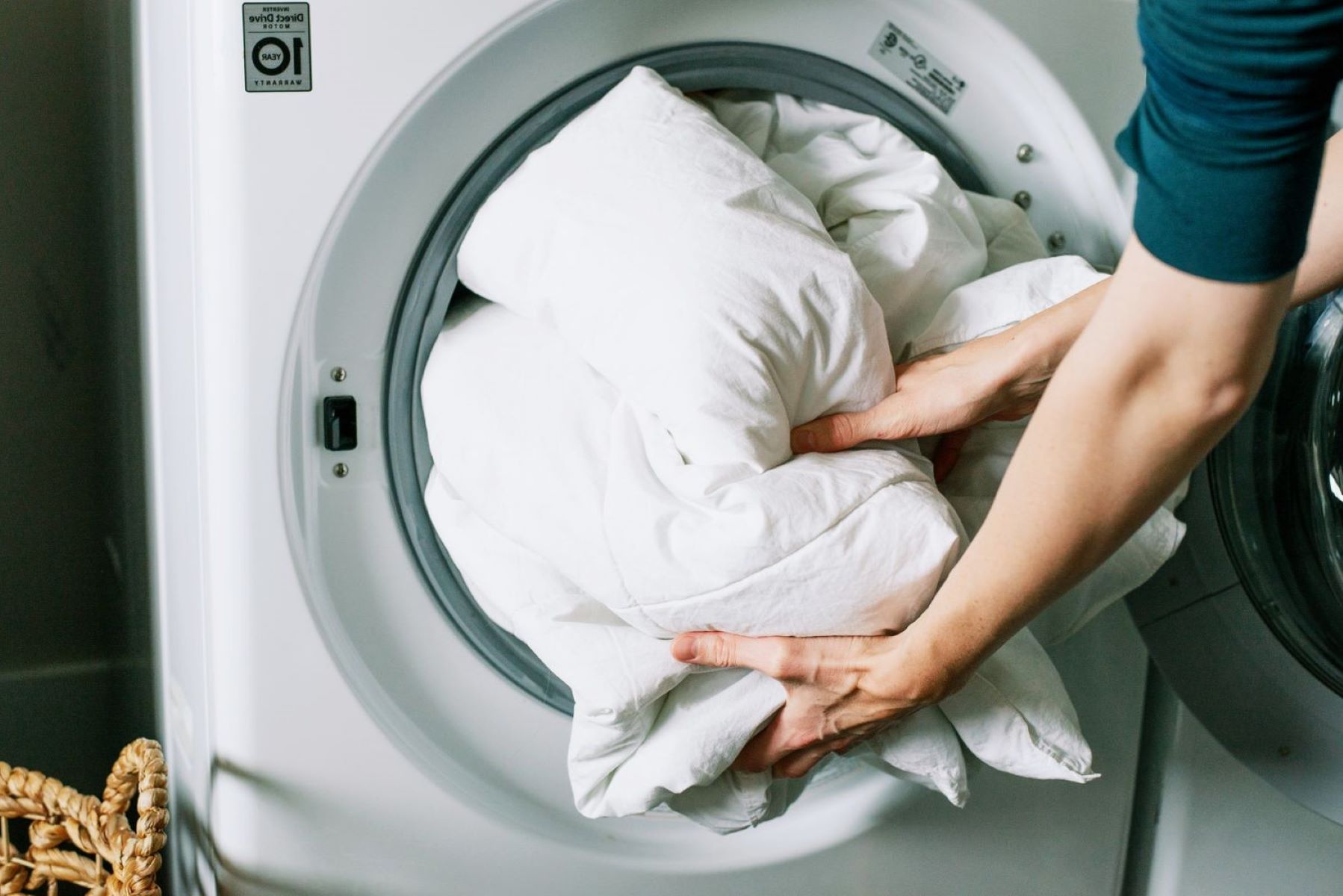
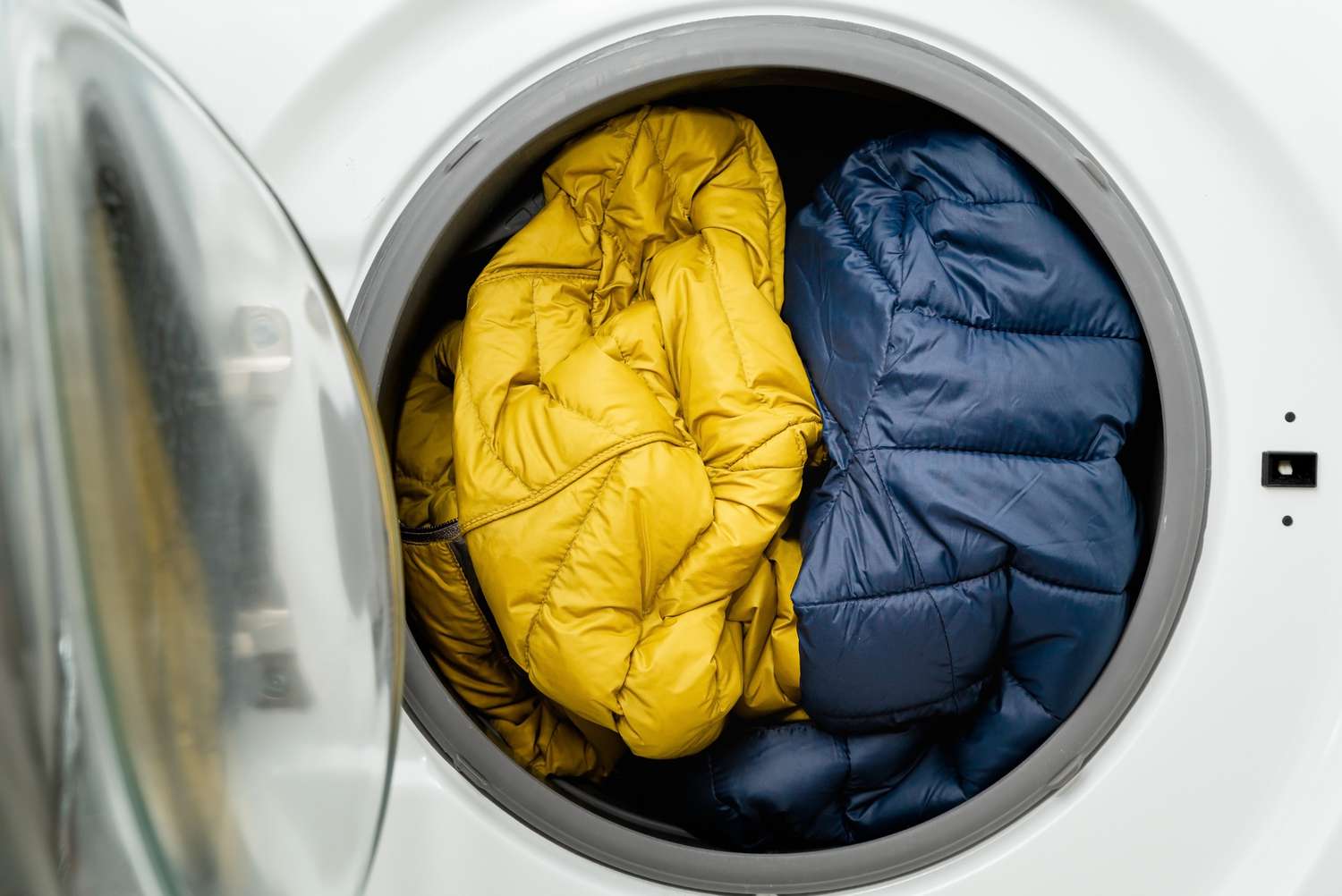
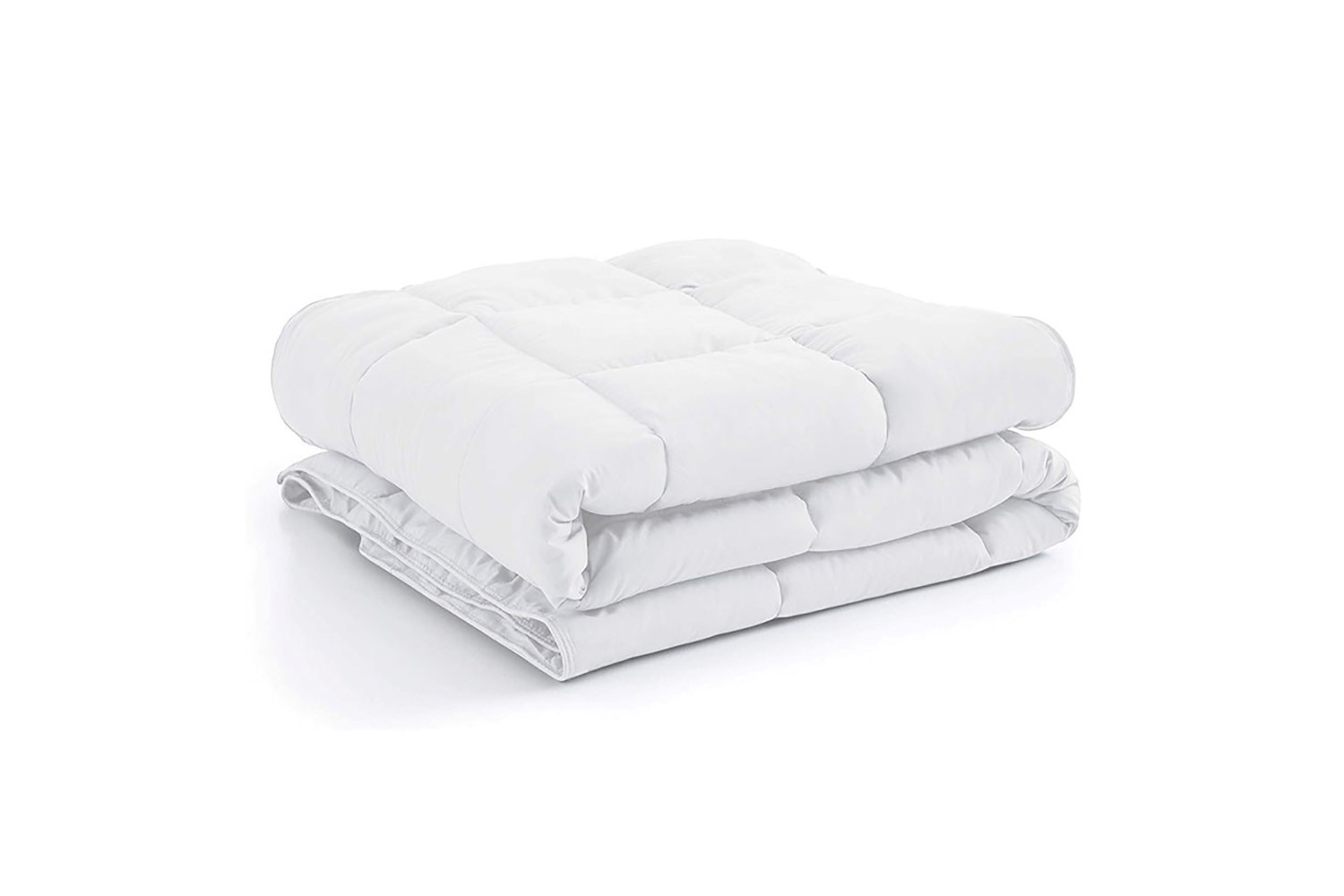

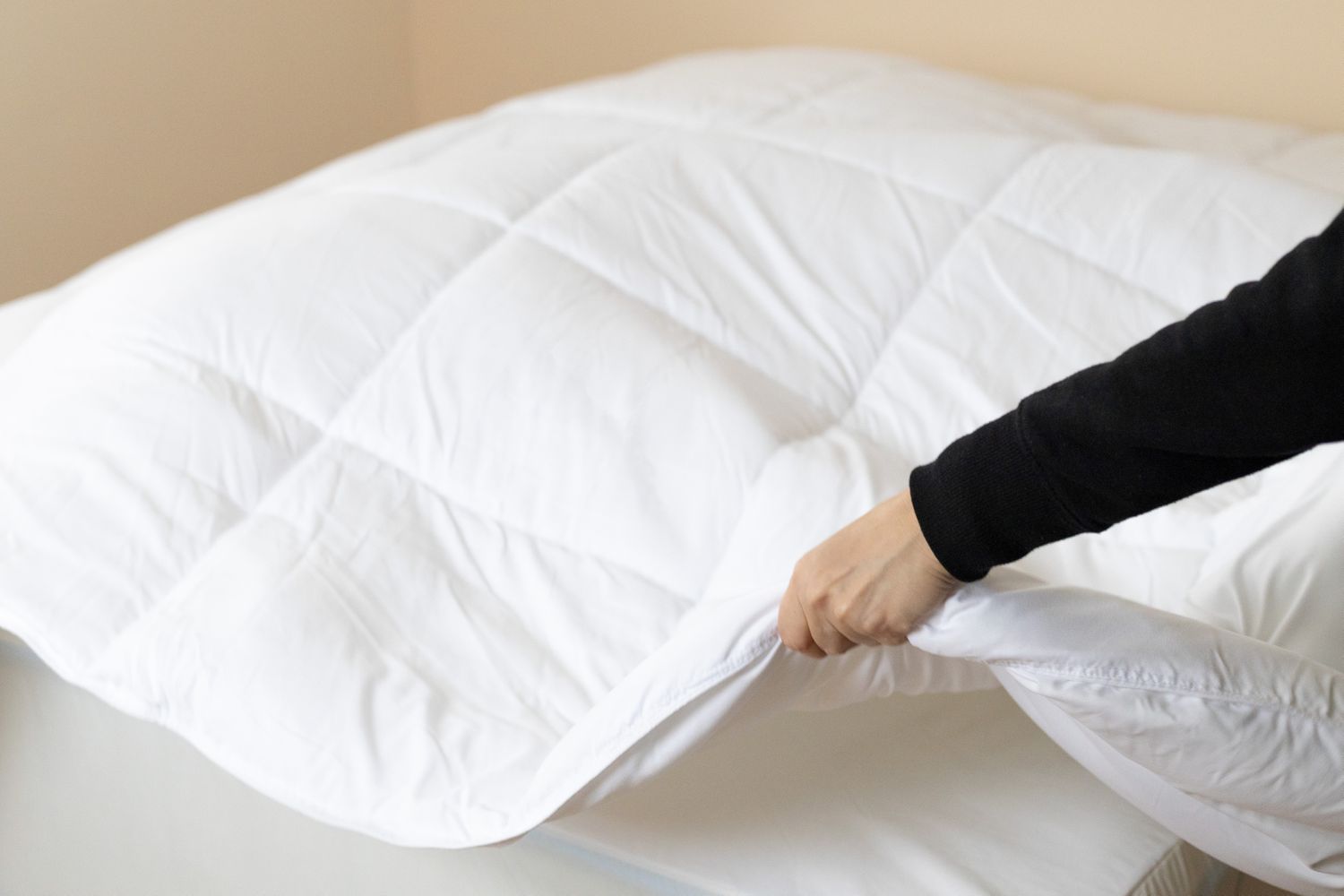

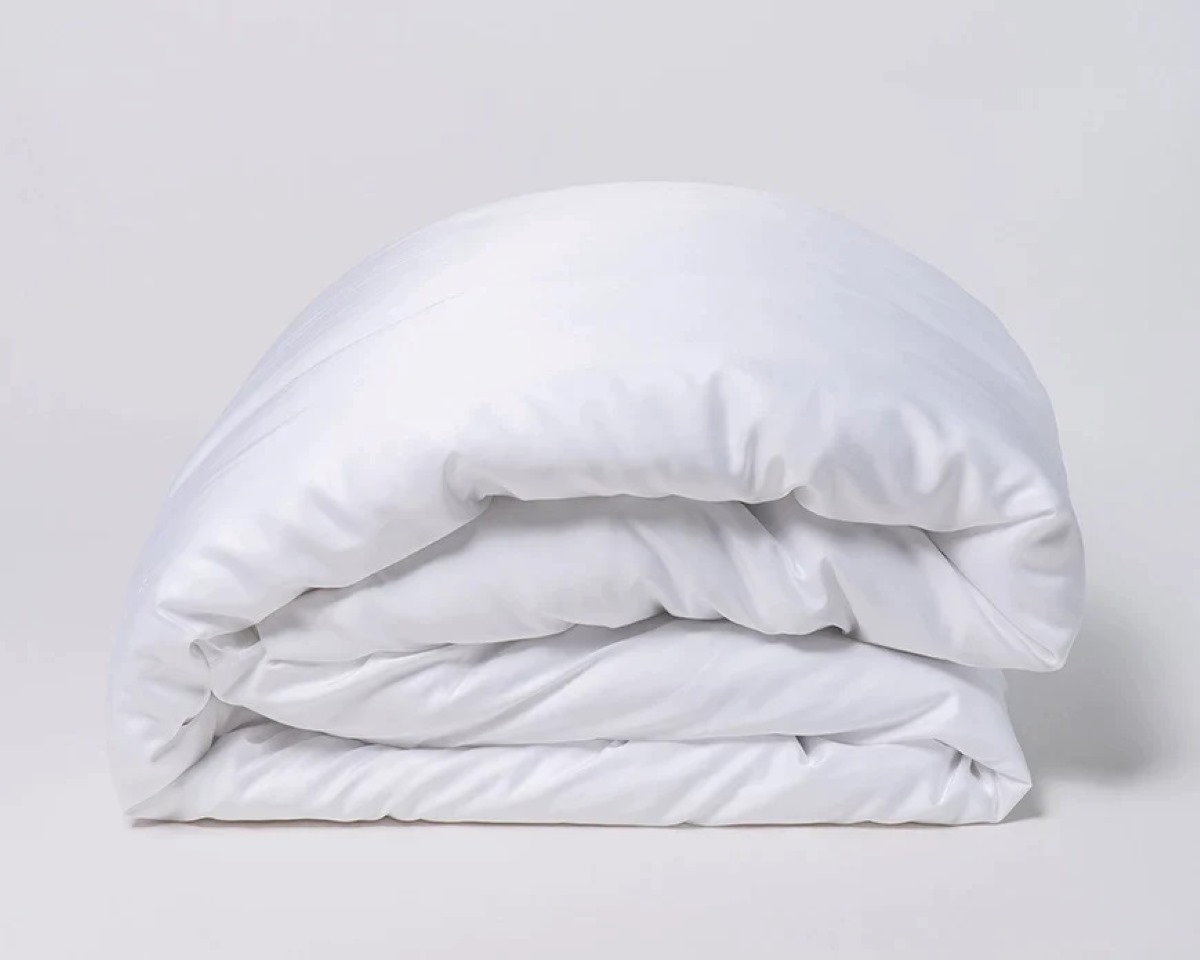
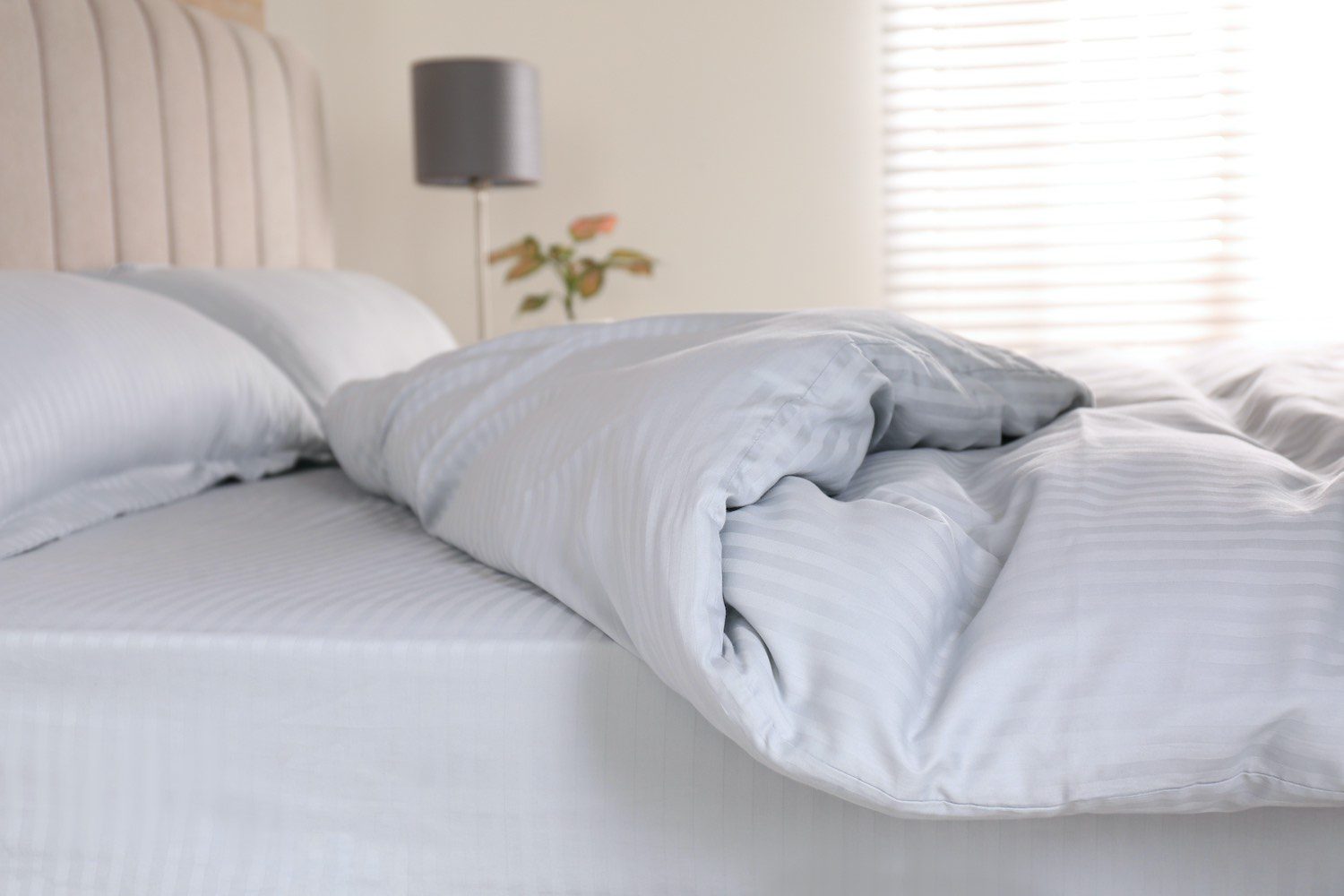







0 thoughts on “How To Wash A Down Duvet”